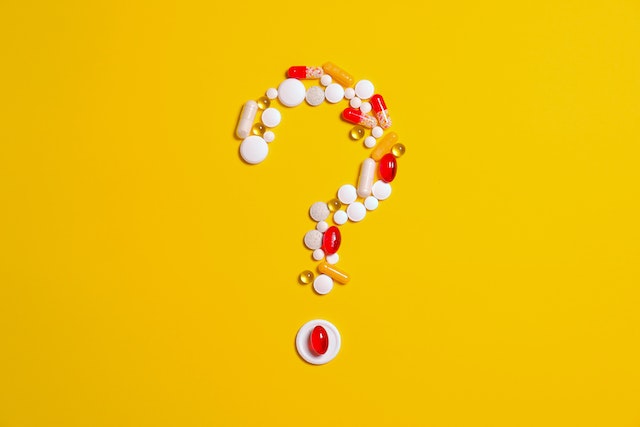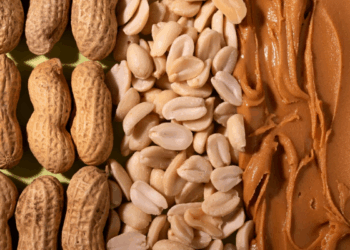Jennifer Anderson is a dietitian and the founder of Kids Eat in Color, and according to her, in a contributing article for CNBC, there is one vitamin that kids aren’t getting enough of. Can you guess which vitamin that is? Well, if you said vitamin D, you would be correct!

Anderson wrote in her article that, “one of the most common questions parents ask me is how to tell if their children are getting the right nutrients. The unfortunate truth is that many kids today don’t consume the proper amount of nutrients that are vital for growth, preventing chronic diseases, and overall health.”
She continued, “Fiber and potassium are two big ones. But the No. 1 nutrient that kids in the U.S. aren’t getting enough of is vitamin D.”

As we all know, vitamin D is essential for strong bones, growth, and healthy muscles. According to Anderson, fifty percent of children ages 1 to 5 and 70% of children ages 6 to 11 do not get enough vitamin D and have a vitamin D deficiency.
Children with a vitamin D deficiency can have a myriad of health issues that include: rickets, (a disorder characterized by soft, weak bones), incorrect growth patterns, bone pain, deformities in the joints, their immune systems may not work properly, or they may constantly feel fatigued and/or sore.
So, just how can you increase your child’s vitamin D?
Well, first off, let’s see just how much vitamin D is needed. Per the National Institute of Health, here is how much vitamin D we all need on a daily basis.
- Birth to 12 months 10 mcg (400 IU)
- Children 1–13 years 15 mcg (600 IU)
- Teens 14–18 years 15 mcg (600 IU)
- Adults 19–70 years 15 mcg (600 IU)
- Adults 71 years and older 20 mcg (800 IU)
- Pregnant and breastfeeding teens and women 15 mcg (600 IU)

Just how can parents make sure that their children get the recommended daily allotment? Vitamin D supplements and can help to accomplish the goal.
In terms of food, things such as fatty fish, (salmon, trout or sardines), beef liver, egg yolks, cheese, and mushrooms are some foods that are rich in vitamin D. Also, parents can feed their children foods that are fortified with vitamin D during processing.
But, as always, before you embark upon a new vitamin D regimen, it is always recommended that you consult your child’s physician for advice on what works best for them.
Photo Credit: Pexels.com; Freepik.com







